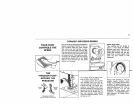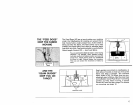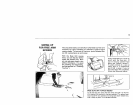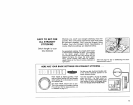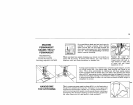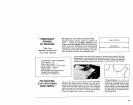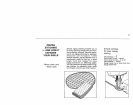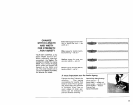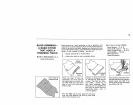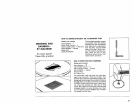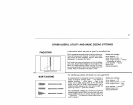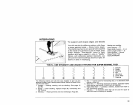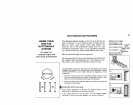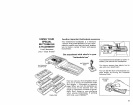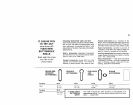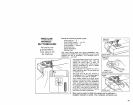
19
BLIND HEMMING--
A BASIC STITCH
THAT ADDS A
FINISHING TOUCH
Built-in Blindstitch is a
reai time-saver
RIGHT SIDE OF
FINISHED HEM
Blind hemming is a good technique to use on garments, and
especially on curtains and drapery hems so that stitches need not
show on the front of the fabnc. Because your Kenmore has two
types of blindstitches built in, blind hemming is easier than you'd
expect. It's just a matter of folding.., give it a try!
-- Regular blind stitch for normal fabrics
._ -- Elastic blind stitch for soft, stretchable fabncs
INSIDE
DRESS
FtNISHED
EDGE
EDGE
Finish raw edge of fabrtc ap-
propriately. You may want to
use seam tape on woven fab-
rics. With knits use a lace seam
tape or just use decorative
stretch stitch.
Working on wrong side of fab-
ric, fold hem up. Press and pin
in place. Then fold hem allow-
ance under.., leaving _" of
hem edge extending. (Blind
hemming can be simplified by
also using the special Kenmore
Edgestitcher-ptease refer to
p. 37 for details.)
Now the right side of your garment will show
only the blind stitches! Be sure to press both
sides of the finished hem!
Here's how to set your machine:
Stitch Se,ector- _ or
Stitch Width Control -- I_ to 2
Stitch Length Control -- 12 to 10
Stitch Modifier -- Neutral
Blind Stitch Foot
Zigzag Needleplate
SCREW
GUIDE
Place garment under blind stitch
foot with the fold of the garment
against guide and slide it by
turning screw so that the zigzag
just catches the fold,



